The Role of Paleontology in Understanding Earths History
Introduction
Paleontology, the scientific study of the history of life on Earth through the examination of plant and animal fossils, plays a crucial role in understanding Earth's history. This branch of science provides valuable information about the planet's past environments, climate changes, and the evolution of life forms over time. Paleontology not only helps us understand what life was like millions of years ago but also provides insights into how life might evolve in the future.
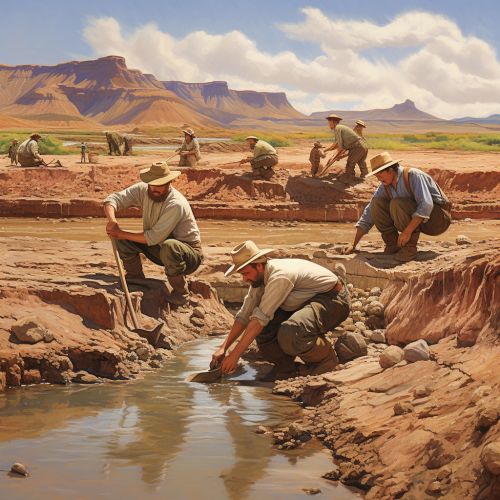
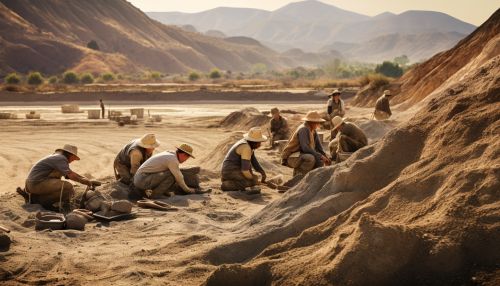
Historical Overview
The roots of paleontology trace back to the ancient civilizations, where fossils were often considered as the remains of mythical creatures or gods. However, it was not until the 17th century that the scientific study of fossils began, with the work of naturalists like Robert Hooke and Nicolas Steno. The term 'paleontology' was first coined in the 19th century by the French naturalist Georges Cuvier, often referred to as the 'father of paleontology'.

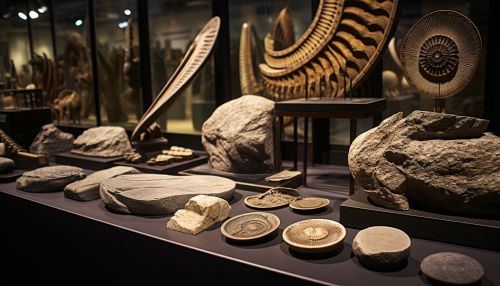
Branches of Paleontology
Paleontology is a broad and diverse field, encompassing various sub-disciplines. These include:
- Vertebrate Paleontology: This branch focuses on the study of ancient animals with backbones, such as dinosaurs, mammals, and birds.
- Invertebrate Paleontology: This field studies animals without backbones, such as mollusks, arthropods, and echinoderms.
- Paleobotany: This discipline involves the study of fossil plants, including algae, fungi, and land plants.
- Micropaleontology: This branch studies microscopic fossil organisms and particles.
- Paleoecology: This field examines the interactions of ancient organisms with their environments.
- Taphonomy: This discipline investigates the processes of decay, preservation, and the formation of fossils.


Methods and Techniques
Paleontologists use a variety of methods and techniques to study fossils. Fieldwork often involves the excavation of fossils, which requires careful planning and precise execution. Once the fossils are excavated, they are often brought to a laboratory for further analysis. Techniques such as radiometric dating can be used to determine the age of fossils. Other analytical techniques, such as scanning electron microscopy and x-ray microtomography, can provide detailed images of fossils, revealing their internal and external structures.
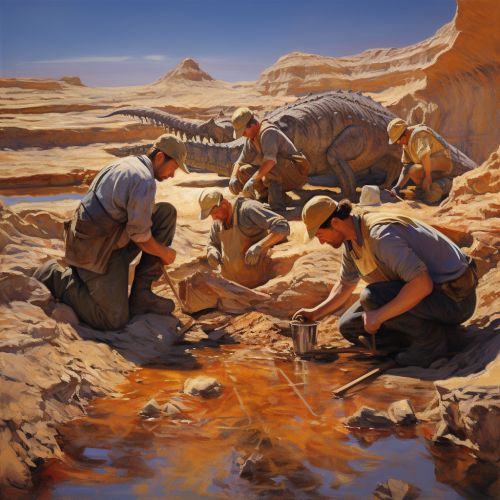

Paleontology and Earth's History
Paleontology plays a crucial role in understanding Earth's history. By studying fossils, scientists can reconstruct the planet's past environments and climates. For example, the presence of certain types of fossil plants can indicate whether an area was once a swamp, a desert, or a tropical forest. Similarly, the study of marine fossils can provide information about the ancient ocean's temperature and chemistry.
Paleontology also provides insights into the evolution of life on Earth. The fossil record documents the appearance and extinction of species over time, revealing patterns of evolution and extinction. For instance, the study of dinosaur fossils has led to the understanding that birds are the modern descendants of a group of two-legged dinosaurs known as theropods.
Moreover, paleontology contributes to our understanding of mass extinctions, such as the Permian-Triassic extinction event and the Cretaceous-Paleogene extinction event. These events, which resulted in the loss of a significant proportion of biodiversity, have shaped the course of life on Earth.
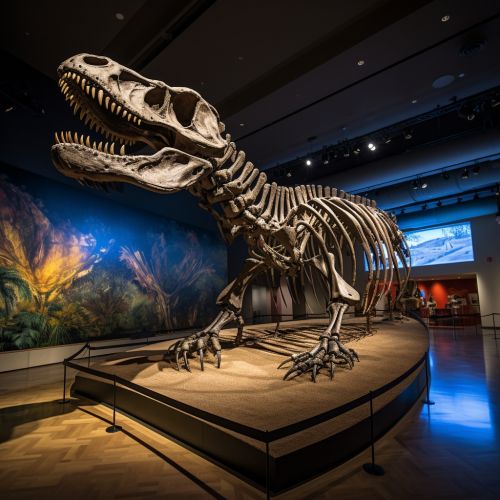

Impact on Other Sciences
Paleontology's findings have significant implications for other scientific disciplines. For example, in biology, the study of ancient life forms can provide insights into the processes of evolution and speciation. In geology, the study of fossils can help in the dating of rock layers, a method known as biostratigraphy. In climatology, the study of ancient climates can inform predictions about future climate change. Furthermore, paleontology can contribute to the field of astrobiology, the study of potential life on other planets, by providing insights into what forms of life might be possible under different environmental conditions.
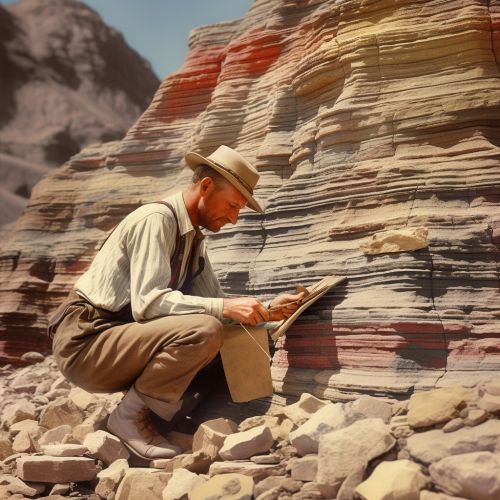

Challenges and Future Directions
Despite its significant contributions, paleontology faces several challenges. The fossil record is incomplete, which can lead to gaps in our understanding of Earth's history. Additionally, the interpretation of fossils can be complex, as they are often fragmented and damaged. However, advancements in technology, such as high-resolution imaging and 3D modeling, are helping to overcome these challenges.
Looking forward, paleontology will continue to play a crucial role in understanding Earth's history. With ongoing climate change and biodiversity loss, the study of past life and environments is more relevant than ever. As we continue to explore the fossil record, we can expect to uncover more fascinating insights into our planet's past and its future.


